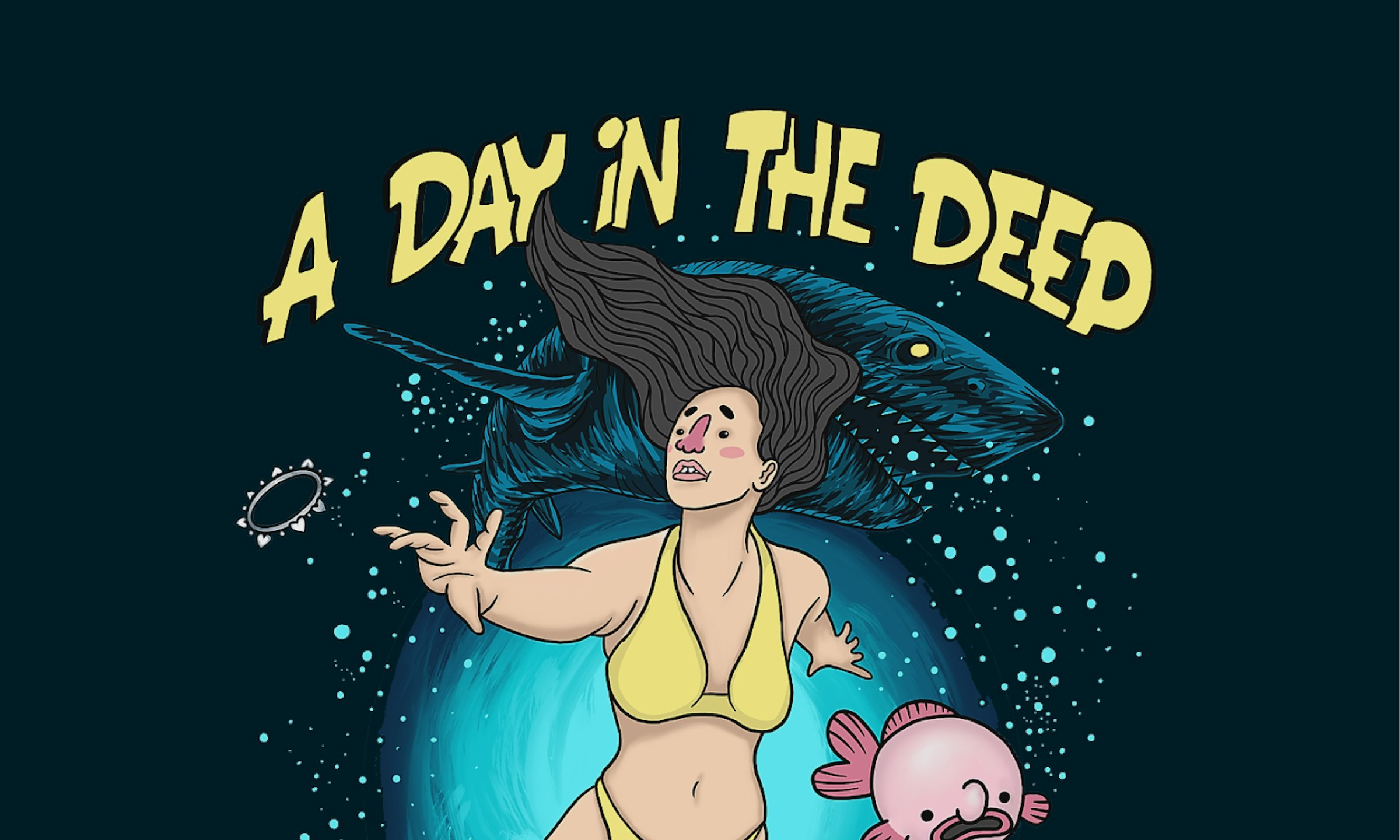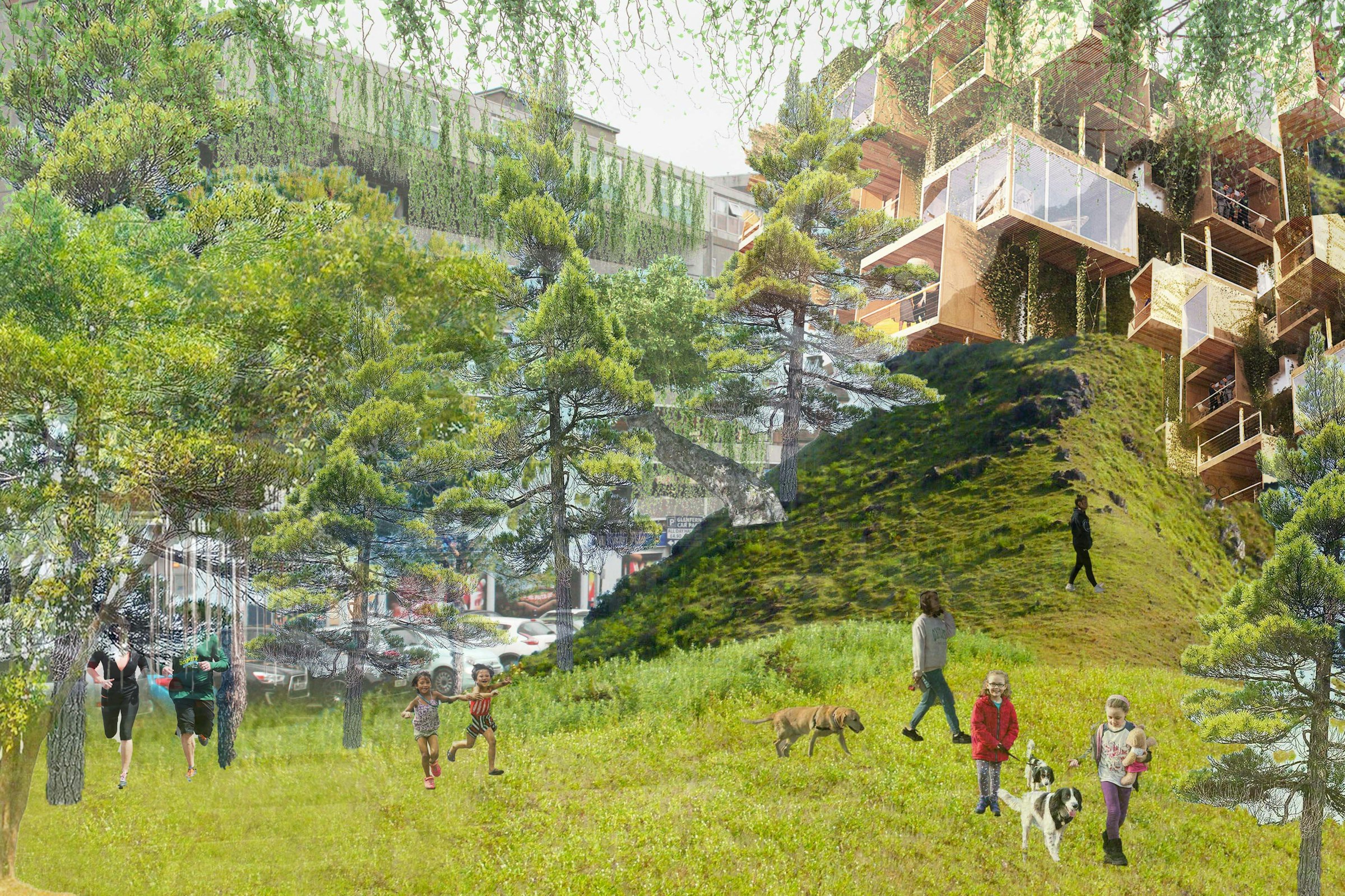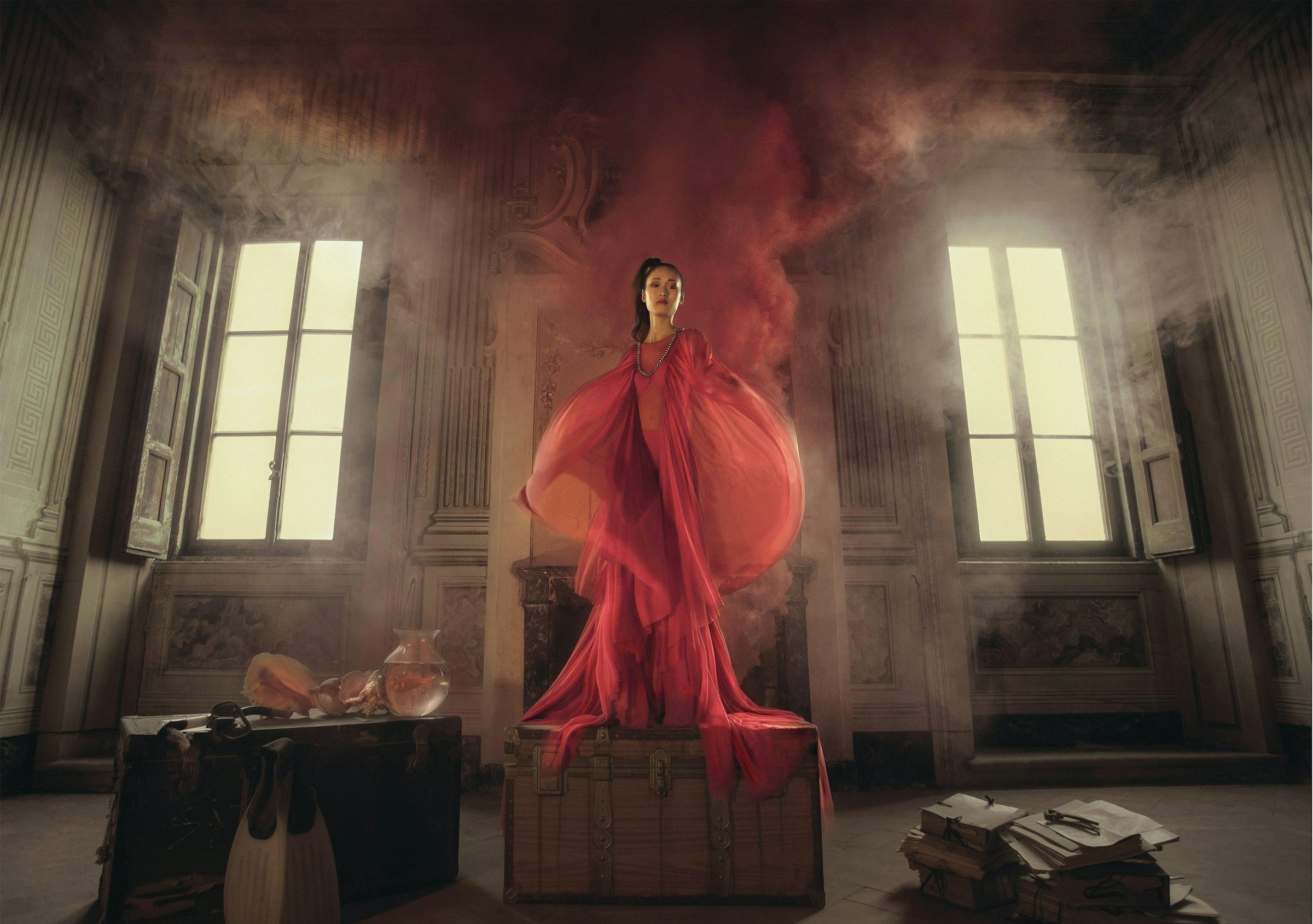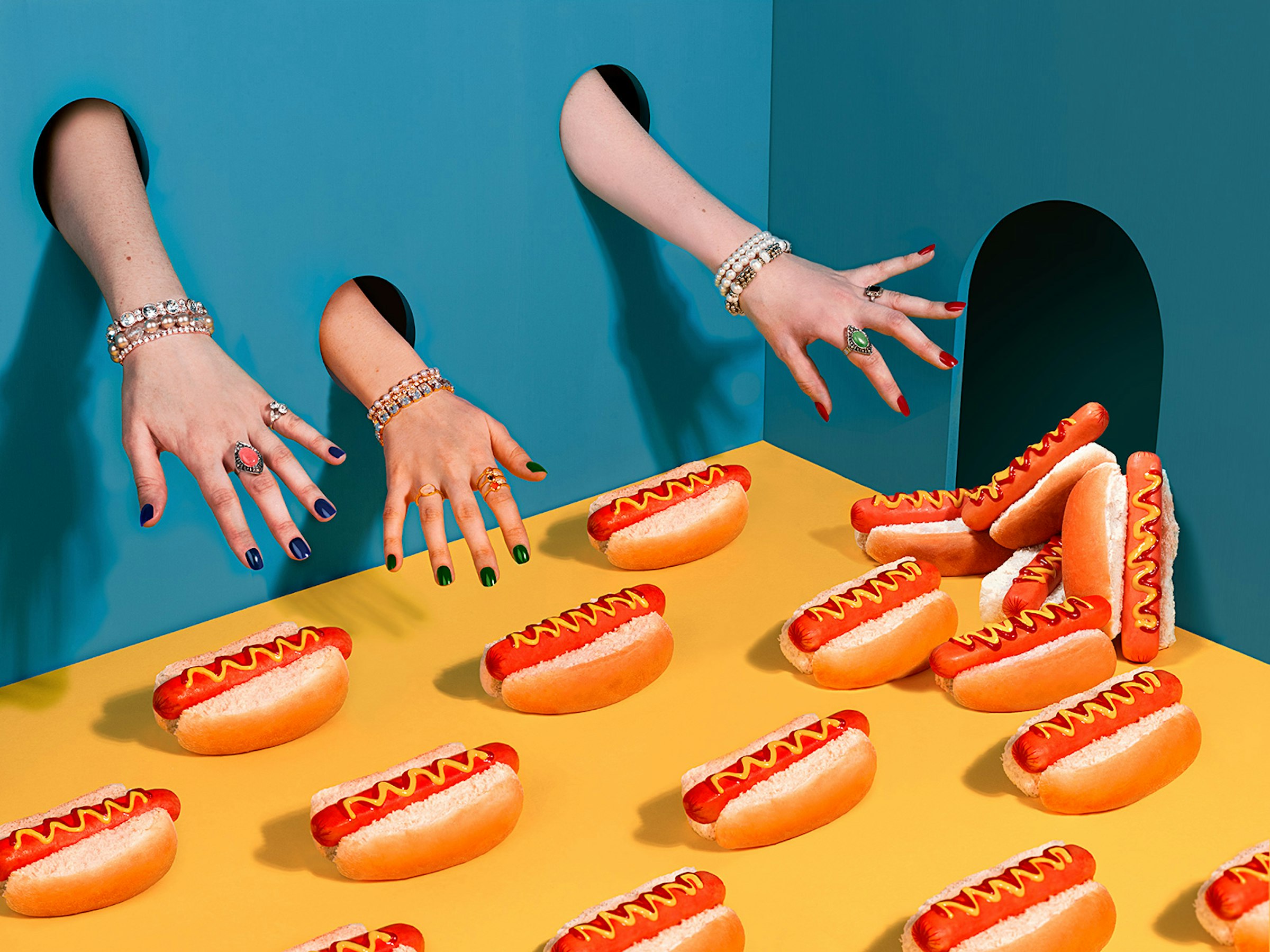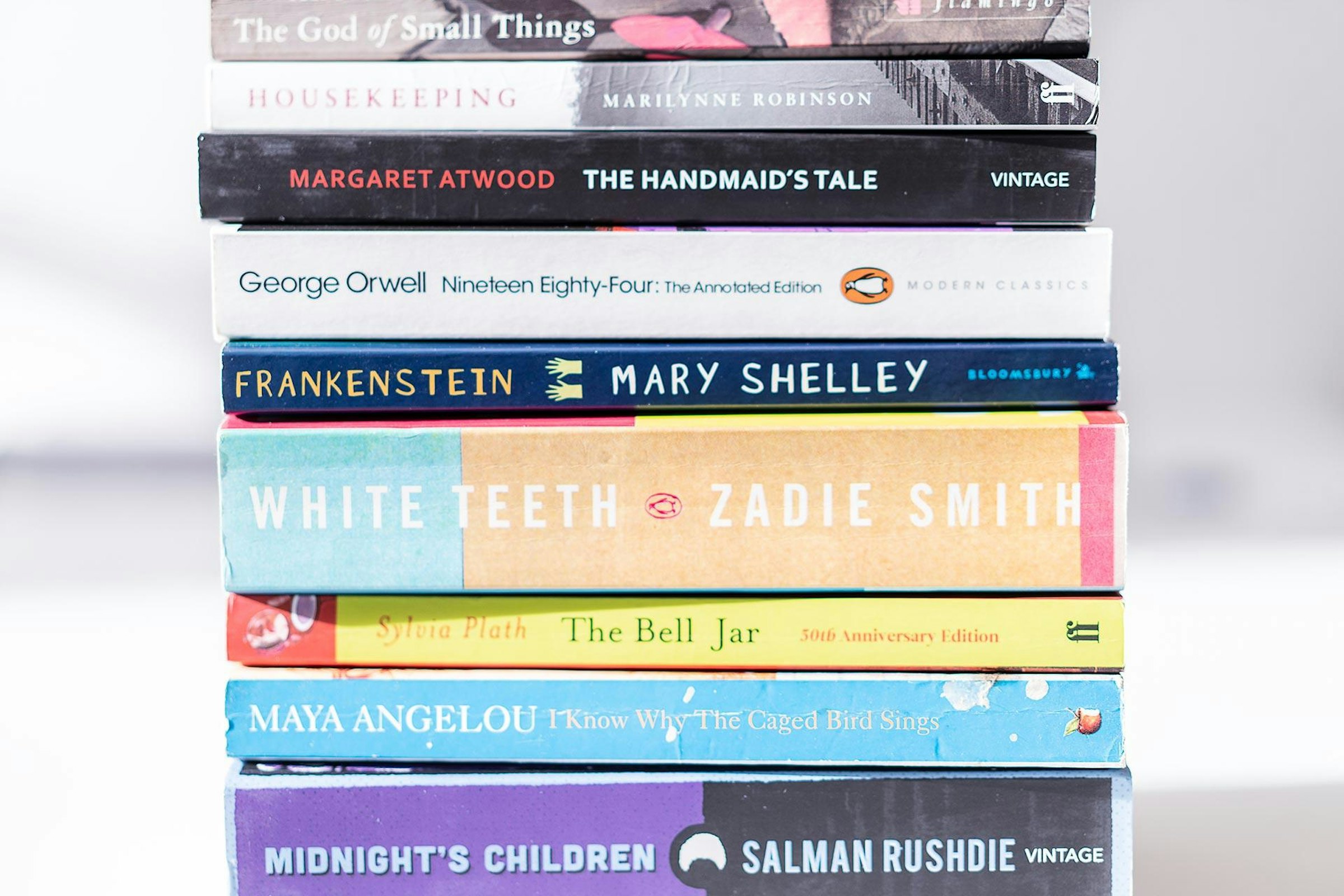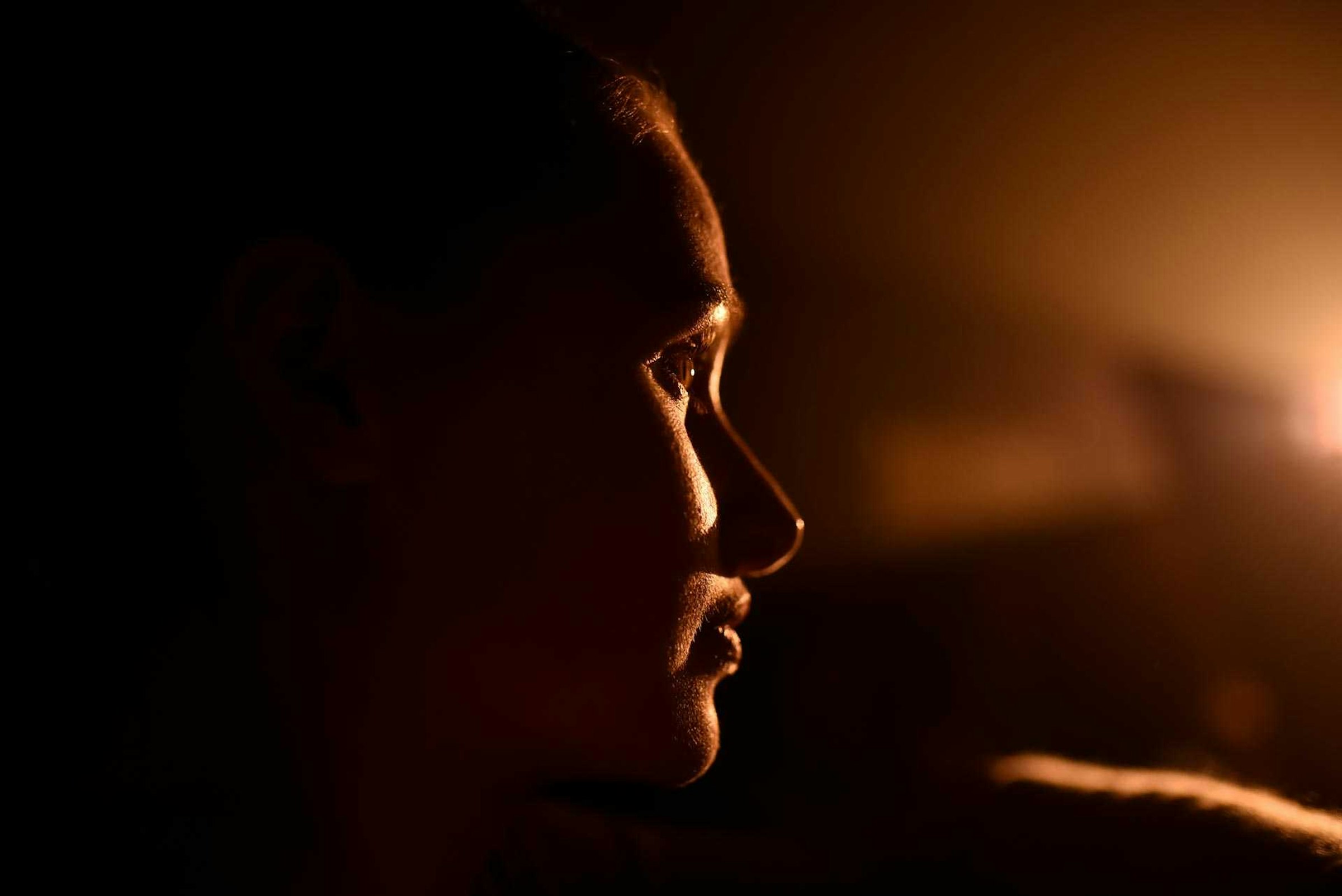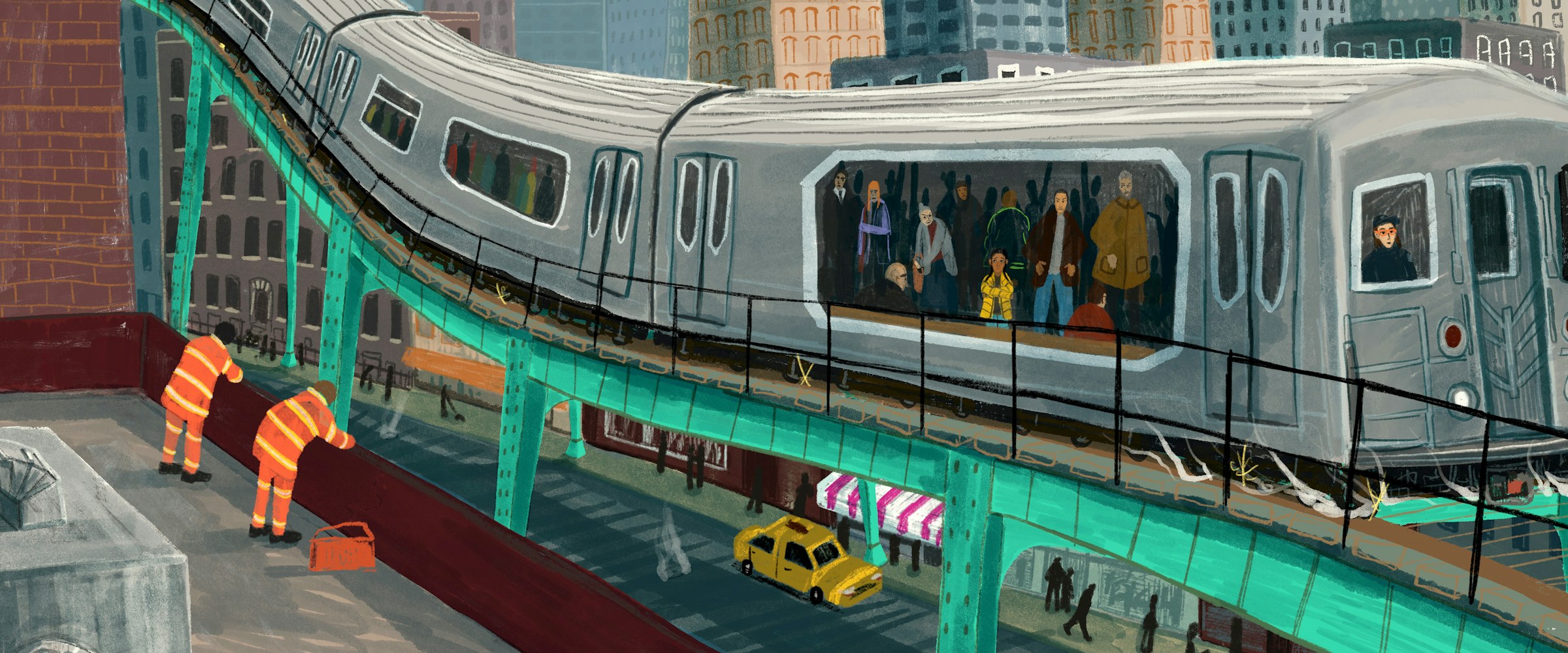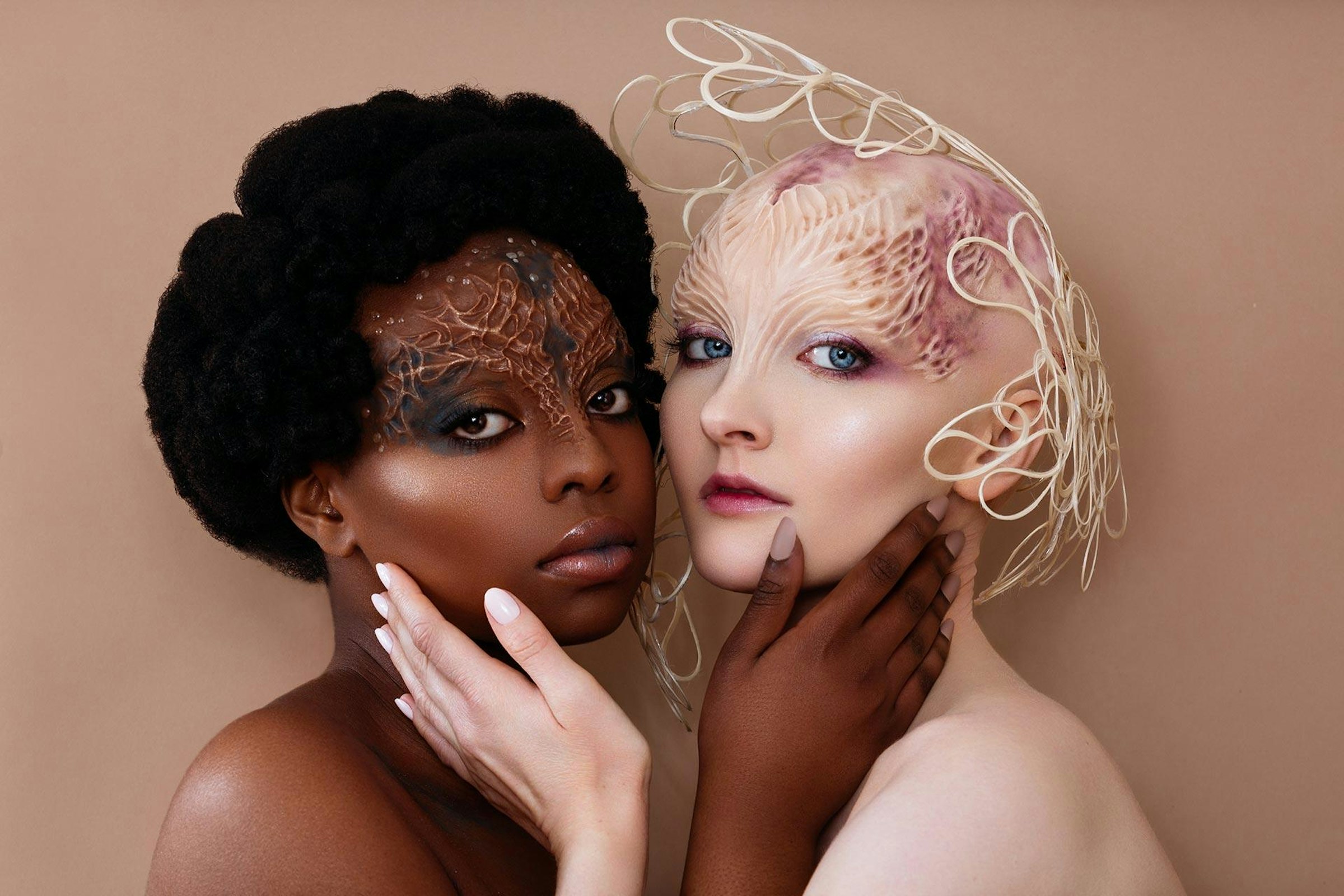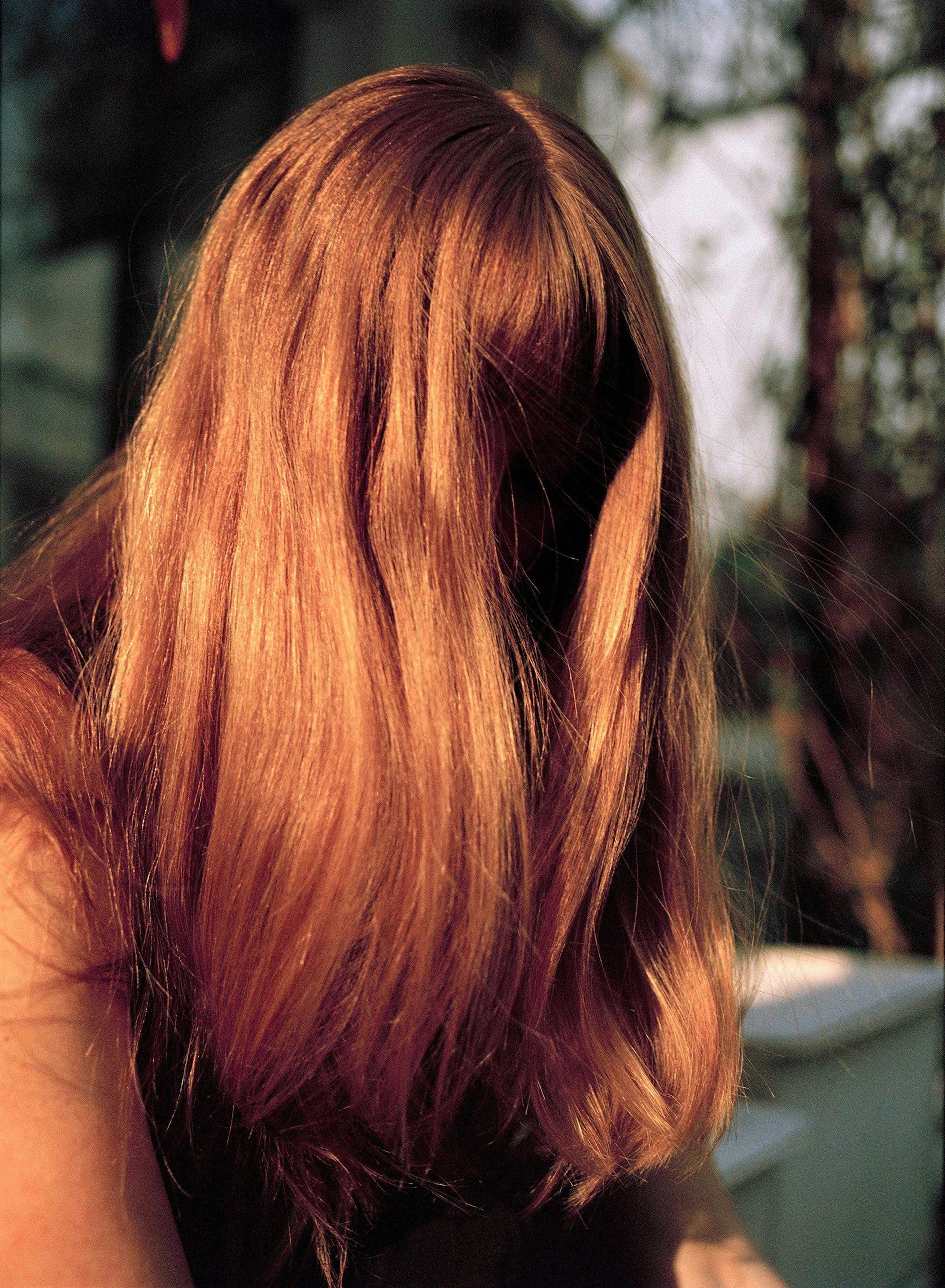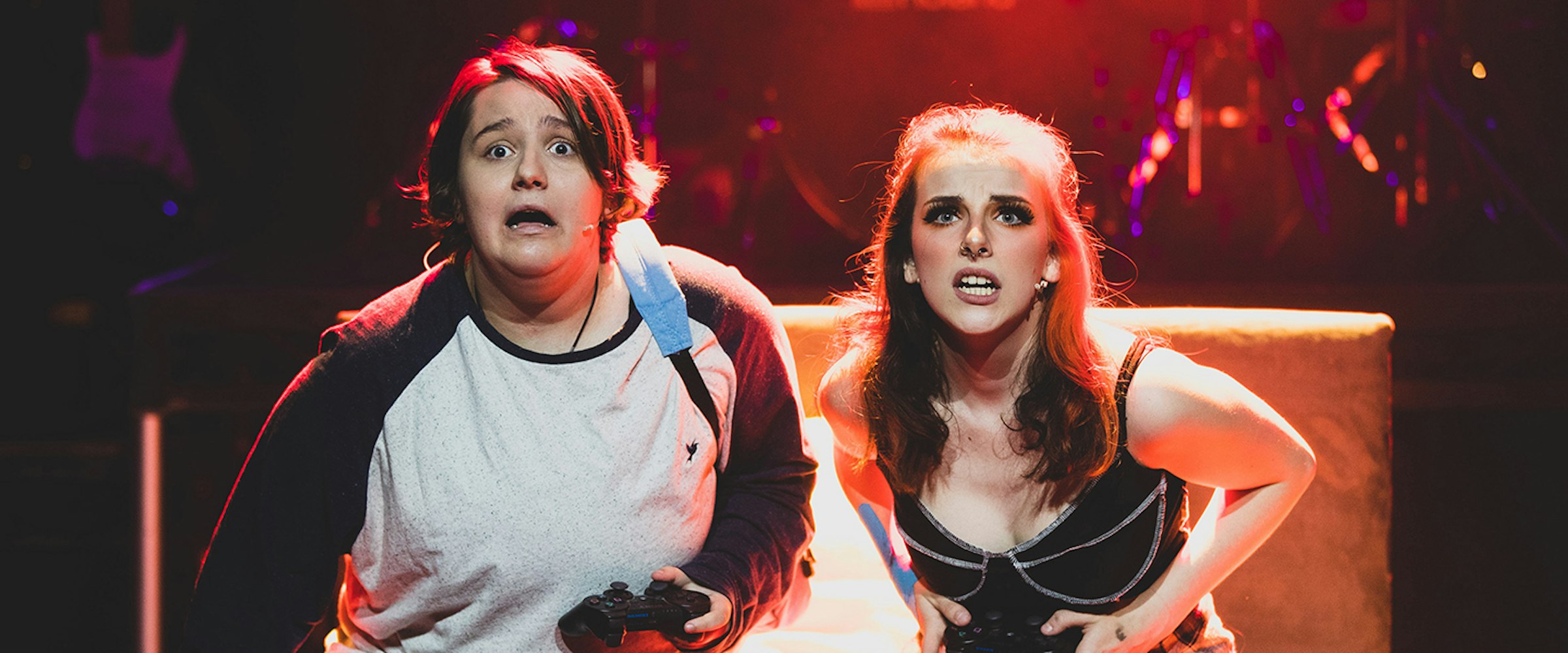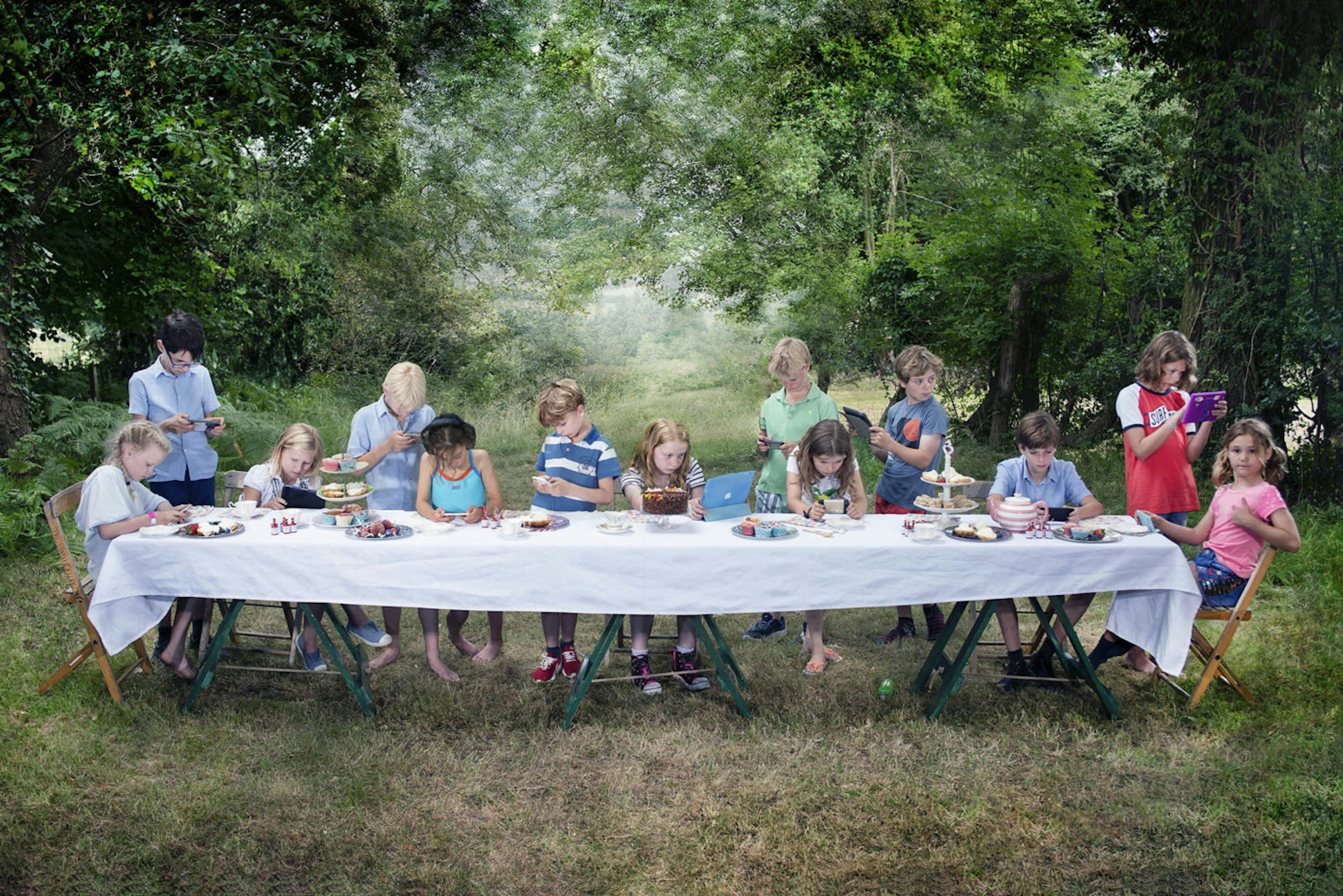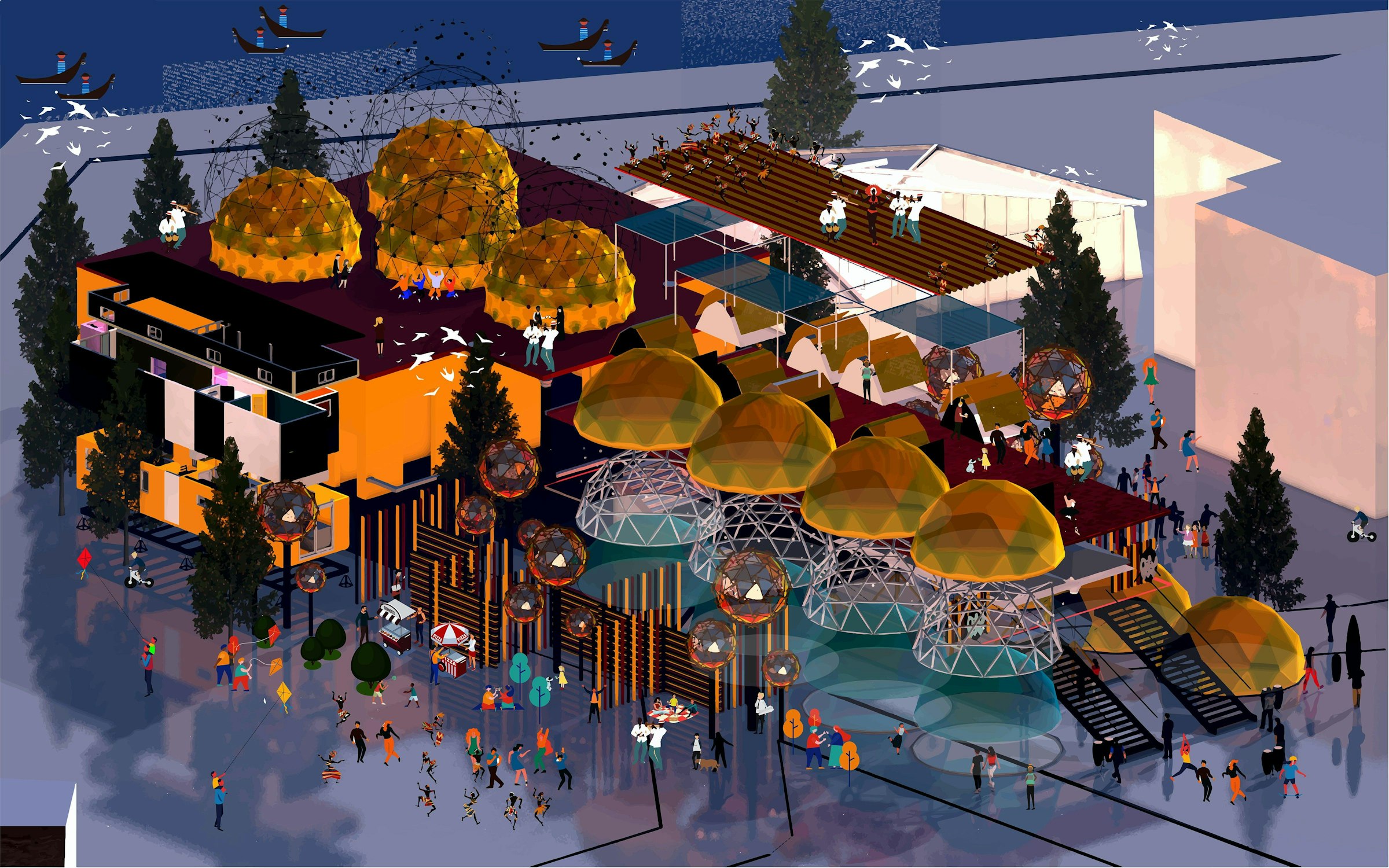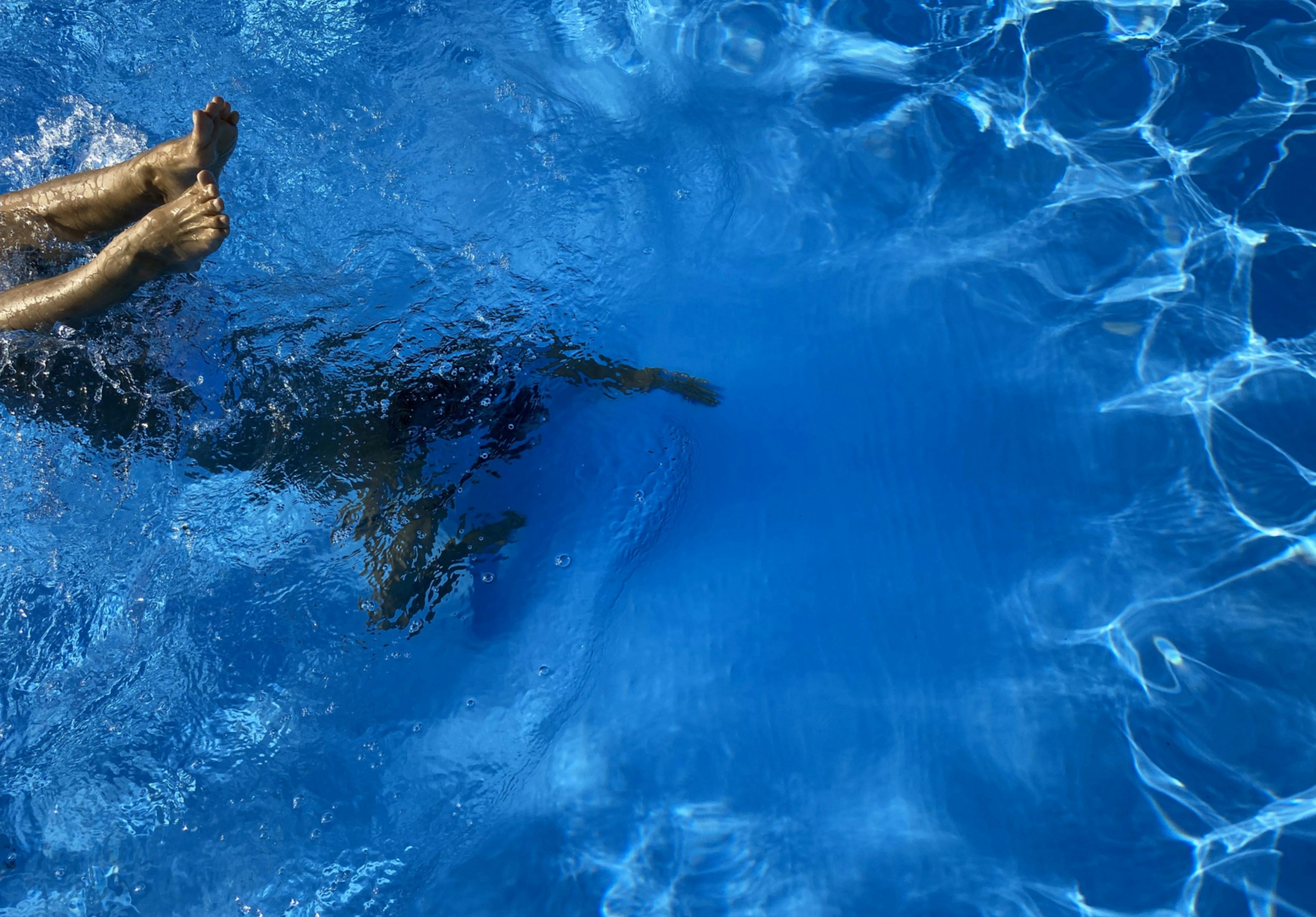- Home
- Latest
- Student Stories
- Everything, Everywhere, Falling Apart at...

Everything, Everywhere, Falling Apart at Once: the fine art of participatory research
A split-second decision can sometimes change the trajectory of a project. This was how my journey into the MRes Arts course began – a split-second decision to switch from MA Illustration vastly changed the trajectory of my creative practice and how I view my role as an illustrator.
I’ve always been intrigued about how illustration works. By this, I mean what's its purpose in the world? How does it evoke a response from the audience? And why do we – or why should we – illustrate in the first place?
During this course, one answer I found was that illustration is “the people’s art – accessible and available to all”. From here, I shifted towards participatory research; if illustration was the people’s art, then the people should be at the forefront of the research project. Learning how to design and undertake participatory research became the biggest challenge.
The research project concerned the role of illustration in the paediatric ward, as a method of positive distraction. Although a tasking endeavour, I sought out the help of my local university hospital for potential participants to take part in three workshops. Collaborating directly with NHS staff was a fantastic experience. It’s clear that professionals outside the creative field can see the benefits of the arts on our psychological wellbeing, and they want to collaborate on innovative projects.
The toughest challenge with participatory research is, in fact, its greatest strength – the participants. After meticulously seeking ethical approval from committees, you must then invite, screen and recruit participants into the project, all the while organising dates, booking out space for the workshops and employing any necessary assistants. People’s schedules change, as do their minds, so be willing to accept that maybe your six-person workshops may settle as a two-person workshop. The intended aims for the research may be beyond your reach, at present. Your hypothesis may even be disproved by your own research. It’s still valuable knowledge.
My integrated thesis and study were vastly different to how I’d originally imagined them. After many months of organisation and planning, we found that the NHS doesn't currently have sufficient funding for student research outside of healthcare qualifications. Hopefully, studies like mine will transcend these boundaries and open new opportunities for research, both in the arts and in science.
What I’ve learned from the whole experience is that a researcher must quickly learn to adapt. Failure doesn’t mean a trip at the first hurdle. Learn to adapt to your intended audience, not the other way around. Looking forward, I hope further research explores the function of contemporary illustration, and the role and responsibility of illustrators within sociological and ethnographical research. The issue of artistic skills being more than aesthetic input in community projects may bring new insights to the fields of science, medicine and psychology.
